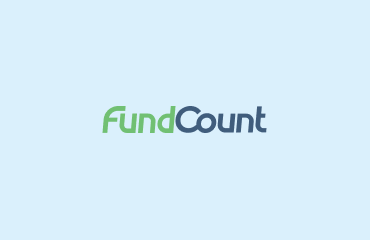One unspoken question firms often have when buying new software is, “How much should we pay?” Invariably, the only reference points are the quoted costs from various software vendors for new software, which may not be an accurate gauge for assessing value.
So how much should you pay? And how do you determine what really qualifies as too expensive?
Choosing A Benchmark
From a vendor’s perspective, “The software is too expensive” is an all too often heard phrase that is rarely based on a benchmark or a Total Cost of Ownership (TCO) calculation.
So, the first challenge in determining how much to pay for software is to find a relevant benchmark. The nearest sector with publicly available data and a similar profile to family offices, private equity firms, hedge funds and fund administrators is investment banking. Take Europe, where I live, as an example. Computer Weekly reported a Celent study that stated European investment banks spent £27.5 billion (US $33 billion) on IT in 2017. That includes buying and maintaining the hardware, software and the IT resources needed to run their entire IT suite.
For example, if 33% of the $19.6 trillion of net assets in Europe are managed through these investment banks, then that suggests an annual commitment to IT of 0.5% (half of one percent) of net assets. However, these are big banks, with many times the number of employees of even the largest private investment office. So, it would be sensible to apply a discount to that figure of approximately 50%, based on industry averages, to adjust for the smaller employee bases and operating complexities in the non-bank investment sector. That means we now have a benchmark of 0.25% (a quarter of one percent).
For every $100 million you manage, the industry benchmark we have calculated suggests your IT should be costing you $250k per annum. And remember that is on IT hardware, software and the staff needed to run it.
But that is not the whole story.
What Other Costs Should We Consider?
If you’re using legacy, stitched together or non-industry specific software, your day-to-day operations are probably not running as smoothly and efficiently as they could. That’s where you need to consider Total Cost of Ownership.
A recent FundCount survey found that up to 60% of available staff operations time was being spent on administrative tasks, such as data (re)entry and management, migration/transfer between systems and quality control.
So, when you consider our benchmark, and you generate your own costs for comparison, you not only need to add the cost of buying and maintaining software and IT staff salaries, but also a percentage of operational staff direct costs reflecting these administrative tasks.
If you are within 33% of this benchmark (costs of $165k per $100 million of assets) or you have a multiplicity of systems and/or a strong element of general non-industry specific software — such as spreadsheets — then you probably would benefit from lower IT and operating cost by investing in the purchase of an industry specific solution that can integrate your general ledger, portfolio management, partnership/investor/entity accounting and reporting.
By considering not only the cost of the software and your IT resources but also the (reduced) operational costs from deploying the software, you will have a true comparative on which to base your system purchase decision.
FundCount understands best practices in the industry and can help you build a business case tailored to your specific situation.
Ashley Whittaker
President – Global Sales, FundCount



